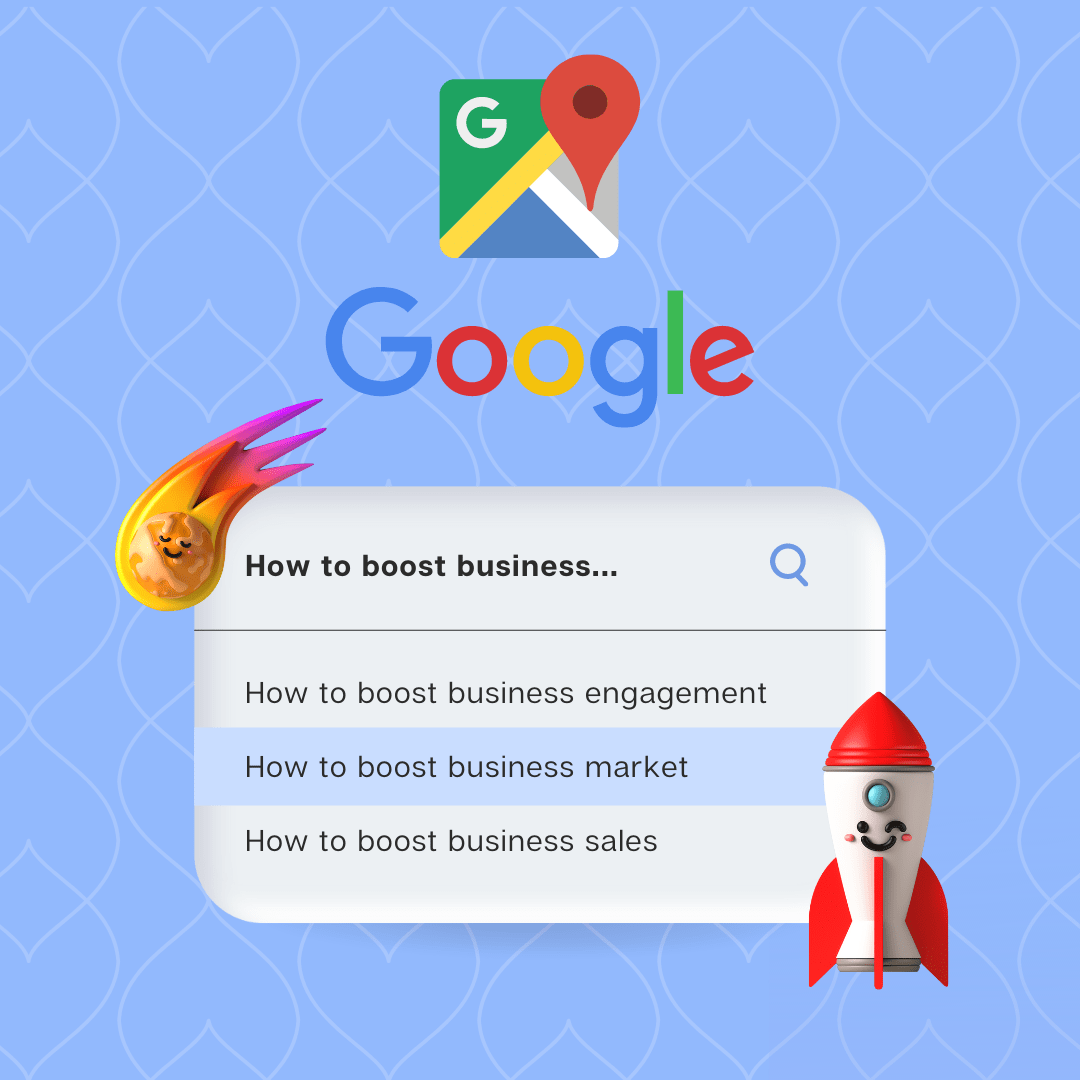Digital marketing expert at NUVEW, helping businesses expand their online presence through custom website design and development & SEO.
If your business services customers in a local area, whether at your location or in their homes or businesses, then there’s no denying that Google has an impact on how — and if — customers find you. Many consumers of all ages and demographics use online searches as the default way to find products and services, and Google is an overwhelming choice for those searches, receiving about 86% of search traffic worldwide as of September 2021.
Luckily, most companies have the opportunity to list specific and detailed business information on Google for free, and a Google My Business (GMB) profile is how they do that. Read on to learn about upcoming changes, what they could mean, and how marketers can stay on top of what matters most in their own listing.
What’s New for 2022
In early November 2021, Google announced that major changes to the Google My Business platform were underway, with more to come in the new year.
• New Name: Google My Business has been renamed “Google Business Profile.” This wasn’t surprising to many, since GMB Help documents began using the term “profile” instead of “listing” months ago. Previously, the platform was known as Google+ and Google Local, names that still appear occasionally, indicating it may be a while before “GMB” falls out of use.
• New Access Options: A more important change is the decision to retire the GMB app in 2022, and instead encourage business managers to access their profiles through “an upgraded experience” on Google Search or Google Maps. This option has actually been available for a while and is done by simply typing in a search for the name of your business, or the phrase “my business” if logged in, and clicking on the profile that appears. For single-location businesses, this is possibly a more common way to access your profile already.
• Support Changes: Google’s post also included the news that the current GMB web portal would “transition to primarily support larger businesses with multiple locations.” This has led to mixed reactions from search optimization and digital marketing professionals. Some speculate that Google is moving away from supporting small and medium-sized businesses, while others suggest that the impact to most small businesses will be minimal since the desktop platform is already being used primarily by agencies and multi-location businesses. Since Google has offered only “more details on these changes in the months ahead,” we’ll all have to wait a bit to see the real outcome.
What’s Not Changing
Whatever it’s called and however you access it, the importance of having a Google profile with the most accurate and complete information possible won’t change anytime soon. Here are a few points to keep in mind when managing your profile.
• Primary Category Is Key
One of the most important pieces of information on your profile is your business category, especially your primary category. Google offers over 3,000 categories to choose from and adds new ones regularly. Lists like this one can show you what’s available and will report recently added categories. If you’re unsure of what to use, try searching for terms you want to place well for, and see what categories your competitors in the map section are using.
For example, if you own a shop that sells and repairs bicycles along with related gear and clothing, maybe you initially called your business a “store.” However, you could receive more inquiries by changing your primary category to “bicycle store” and including additional categories like “bicycle repair shop” and “sporting goods store.”
There are also category-specific features to keep in mind that is only available to businesses in certain categories. For example, if you want to post a menu, Google says you’ll need to be listed as a “food and drink” business.
• Frequent Updates to Attributes
There’s a wide range of other “attributes” businesses can add to their profile to share information with searchers — from details about wheelchair-accessible bathrooms to identifying as “women-owned” or “veteran-owned.” These options are also expanded regularly, so it’s a good idea to check them periodically. During the pandemic, many new attributes related to contactless payment and delivery were added, for example.
• You Don’t Have to Pay (for Now)
The profile is free, although you’ll be given plenty of opportunities to learn about and use paid Google Ads. No doubt, these ads are highly beneficial for some businesses when targeted correctly. But you can still communicate a lot about your business on Google without spending a dime — for now. Some experts believe Google may one day attempt to make these listings paid, but there’s no concrete evidence that will happen anytime soon, if ever.
One Prediction You Can Count On: More Changes
Looking ahead always has challenges, but we can make one prediction about Google’s offerings with complete confidence: There will be more changes. The pandemic has had massive and perhaps long-lasting impacts on how customers shop and communicate with businesses. By some estimations, it’s pushed the digital marketing industry ahead worldwide by a global average of six years. No doubt, this has created mountains of customer data that are still being studied and will be used to implement new strategies soon. And as customer behavior continues to change, so will Google’s response and product offerings.
Whether we like it or not, businesses of all sizes will have to keep paying attention and change along with the platform when needed if they want to continue reaching new customers.
Forbes Agency Council is an invitation-only community for executives in successful public relations, media strategy, creative and advertising agencies. Do I qualify?

